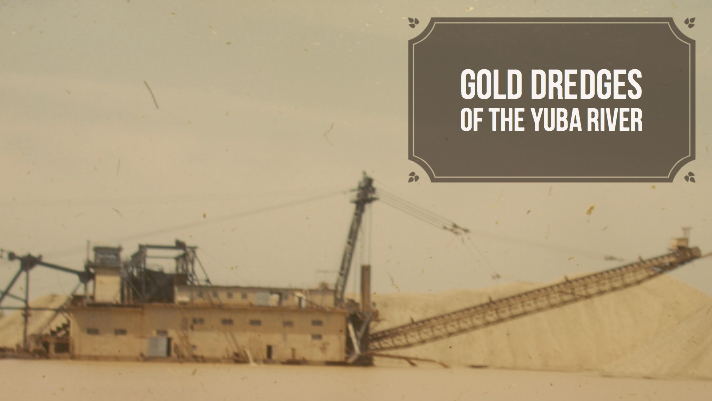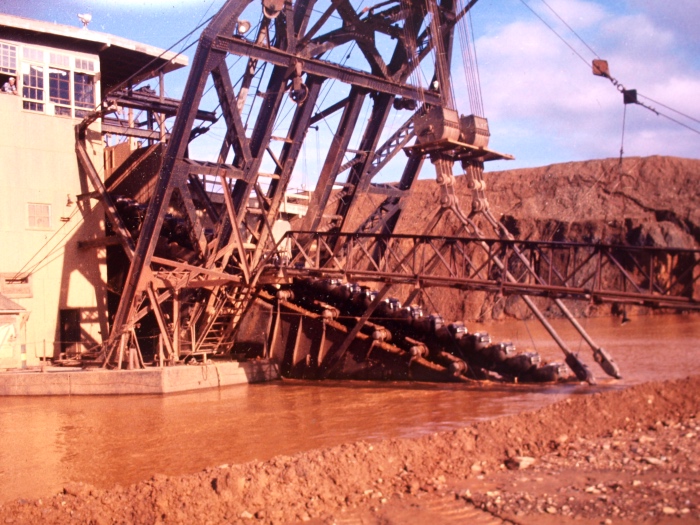
Earning a fortune in life has never been easy, however with much focus and determination to succeed, a lot of people have managed to attain good success by being extra vigilant to opportunities when they present themselves. Such was the case in the late 1840s when the rush for gold began.
The Yuba River was one of the richest mining areas in northern California. Millions of dollars have come from the river and its tributaries.
Gold Placers of The Yuba River
The Yuba River has been one of the most famous places in California during the early years of mining. Dozens of mining towns sprang up along the shores, with thousands of hopeful miners hunting for gold amongst the gravel.
In the early years of gold mining on the Yuba River, the miners who ventured in gold mining panned for gold in the valley. They had a collection of tools of which some were quite large and made their operations more effective. The large tools included sluice boxes, rocker boxes, pans and the ground sluice operations which were used to capture gold from the gravel of the River.
The placer mining methods could recover huge quantities of gold for the first few years. But eventually, the people began to employ new and advanced methods or strategies which were mechanised. As a result, the collection of gold was shifted to a larger scale of production. One of the prominent methods used was the use of bucket line dredges, and was used to recover millions of ounces of gold from the Yuba River.
The Dredges of the Yuba Goldfield
Miners had been working here since the late 1840s, but dredging did not start up in earnest until the start of the 20th century.
In the year 1893 the California Debris Commission embarked on the program to dredge the Yuba River in the vicinity of Marysville in order to work on the damages caused to the environment, brought about by hydraulic mining operations. The place had the first active gold dredging between the years 1904 to 1968, which led to the collection of millions of gold estimated at over 5 million million ounces.
Before the introduction of the bucket-line dredge in gold mining, hydraulic mining operations method was used extensively to extract gold. In this method, high pressured water jets were used to blast the rocky slopes on the river banks, and in the process recovered gold.
Later in 1904, W.B. Hammon introduced the first ever bucket-line dredge to the area. Overtime, more bucket-line dredges were introduced. By about 1908, 14 dredges were in operation on the Yuba River.

Dredging was done to clear the active channel of the Yuba River on a periodic basis. In this method, the bucket-line dredge was initiated in order to improve the recovery of gold from the river sediments. The use of gold dredging was mainly focused on the native river sediments (alluvium) of the Yuba River.
In dredging, the huge buckets were mounted on a moving line of a floating dredge and were filled with the gravel from the River, from which gold was later extracted. It was a very huge task even though sometimes not much of gold was found in the content of the buckets at extraction points.
The bucket-line dredges were mainly used to recover gold from the gravel dug on the flood plains of the Yuba River, which was mainly washed down from the huge hydraulic mining operations.
The buckets provided an opportunity to dig deeper for the gold-bearing gravels that which may have been buried due to hydraulic mining operations, and later scooped them with the buckets for gold recovery, at the point of extraction.
Read: The Monsters of the Goldfields – Bucket Line Dredges
The Richest Gold Country in the World
Gold mining has been practiced in most parts of California. The richest parts of the Sierra Nevada included mountains that drained toward the Yuba River, Feather Rivers, Sacramento River and American River.
Miners have been working here on-and-off for centuries. In the early days a man could find some decent gold simply by using a pick and shovel, but in later years it was the large hydraulic mines, and then the bucket dredges, that really proved to be the largest gold producers in the state.
For many decades during the 1900s, there were dozens of large bucket line dredges in operation in Northern California. These were responsible for most of the states gold production during this time.
Next: 16+ Pound Chunk of Crystalline Gold found in Northern California
